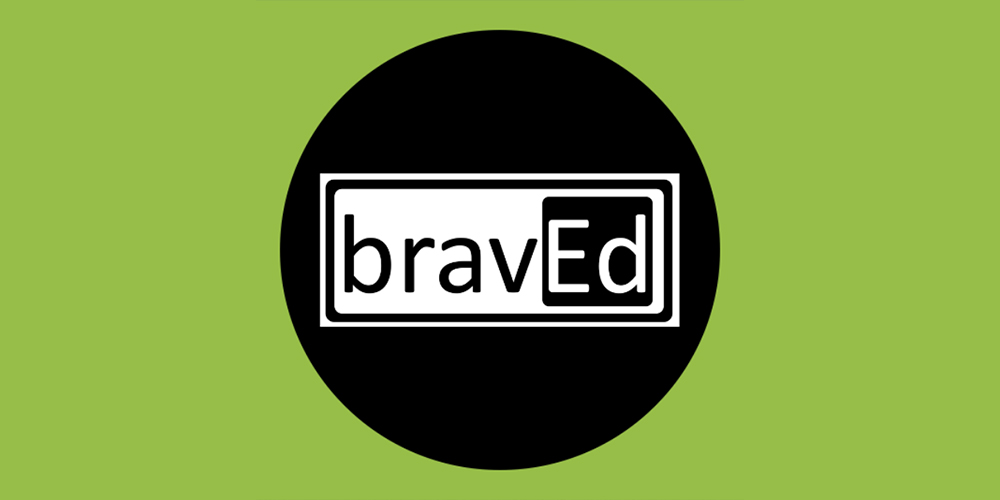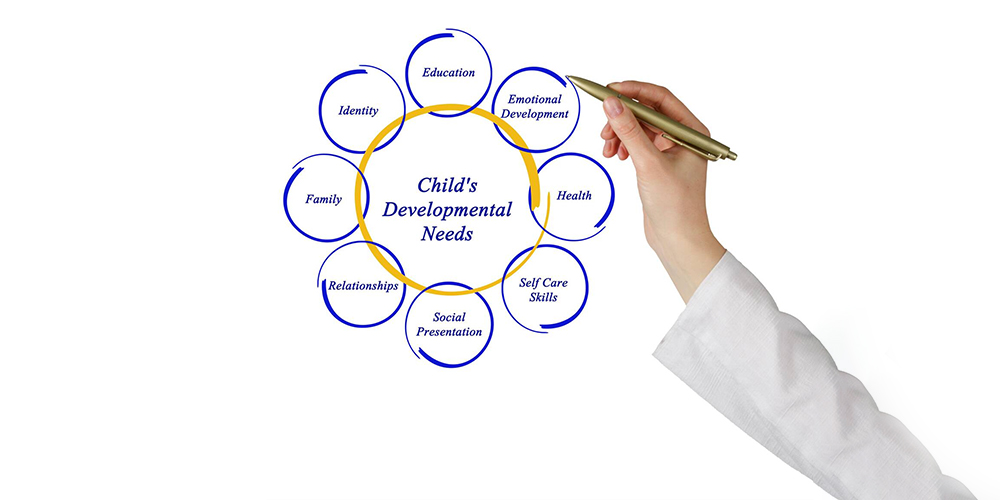Winkelmes, M. et al. (2016) A Teaching Intervention that Increases Underserved College Students’ Success

Key Takeaway: Unleash the power of ‘Transparent Teaching Design’ in your K-12 classroom by scoping out this exciting study, which transformed over 1800 students’ educational experience across seven institutions. By employing the “TILT” method—clarifying assignment purpose, tasks, and evaluation criteria—educators can substantially boost academic confidence, sense of belonging, and metacognitive skills. The results were even more profound for underserved students, demonstrating the potential of ‘TILT’ to drive equity and enhance learning outcomes for all students.
Tanner, J. (2022)The Principles and Justifications behind Benefits-based Accountability and Leadership

Key Takeaway: School leaders seeking to build an accountability system and mindset that benefits students, staff, and community will find this article helpful and encouraging.
Mitra, D. (2018) Student voice in secondary schools: the possibility for deeper change

Key Takeaway: This engaging review unravels the power of ‘student voice,’ where students become catalysts for social change in spaces such as classroom instruction, organizational transformation, and the fruitful exploration of student power dynamics.
Moore, E. (2021) Self-Advocacy for postsecondary students who use mobility aids

Key Takeaway: Educators can enhance accessibility and inclusivity by conducting routine accessibility audits and maintaining funding for physical access features like ramps. Rethinking classroom design so that students who use mobility aids can access the entire space also significantly improves their learning experience. Implementing self-advocacy training for all students, not just those with accessibility needs, is a valuable investment for fostering students’ future success.
Criteria: Depth of Research study, contemporary work (2021), and positionality – the author self-identifies as having a disability, and brings this valuable component to her research.
Title: “Self-Advocacy for postsecondary students who use mobility aids” (Dissertation)
Author(s): Erin Moore, University of the Pacific
Year: 2021
Summation and Insights:
This research study examines the need for self-advocacy and access amongst students with physical disabilities, or students who require mobility aids to move around campus. Five students who use wheelchairs were participants in a thorough qualitative research project, including a semi-structured interview process. Though the study was conducted in post-secondary institutions, it provides several key insights and recommendations pertinent to educators at institutions at all levels. Recommendations involving physical space included building a team (with team members that included students and persons who use mobility aids) to conduct regular accessibility audits to examine physical barriers to classrooms and buildings. Educators may also want to think about designing classrooms where students who use mobility aids have access to the entire classroom, not merely the front or back. General funding should be maintained for regular repair of features which enable physical access, such as ramps. Finally, on a broader self-advocacy note, the researcher recommends training programs and workshops in self-advocacy for all students (regardless of accessibility status), as self-advocacy is a vital skill for identifying one’s needs on the path to future success.
Curator note: [Much of this is taken from page 169: Recommendations for Institutions]
Kahne, J. & Sports, S. (2008) Developing Citizens: The Impact of Civic Learning Opportunities on Students’ Commitments to Civic Participation
Key Takeaway: Immersing students in civic and political issues can create notable boosts in civic participation. Employ strategies like service learning projects, open discussions on controversial subjects, and exposure to civic role models to foster engagement, especially among lower income students and students of color. This study also serves as a valuable guide for educators looking to diminish disparity in civic participation.
Jones, S. & Kahn, J. (2017) The Evidence Base for How We Learn: Supporting Students’ Social, Emotional, and Academic Development.

Key Takeaway: This brief, penned by top scientists at the Aspen Institute, showcases how melding cognition, emotions, and social skills boosts academic outcomes. Discover how schools can morph into powerhouses of academic excellence when they leverage community involvement as well as proven programs for social and emotional learning. The brief features a series of useful “consensus statements” alongside research references for those who want a deeper dive.
Evans, M. & Boucher, A. (2015) Optimizing the Power of Choice: Supporting Student Autonomy to Foster Motivation and Engagement in Learning

Key Takeaway: This comprehensive literature review showcases the transformative power of student voice in K-12 schools, directly linking it to heightened student motivation, well-being, and engaged learning. The review provides educators with a goldmine of practical recommendations – ranging from promoting student choice and input, building trust, fostering collaboration, and encouraging reflection and community engagement. Enhance academic performance by empowering students in their learning journey.
Booker, K. (2018)The High Tide Raises All Ships: Middle Grades Teachers’ Perspectives on School Belonging in Early Adolescence

Key Takeaway: This study provides unique and actionable insight to how teachers fostered belonging, community, and the psychological space for middle schoolers to create positive interactions and connections with others. The rich descriptions will resonate with school leaders and teachers.
Anderson, M. et al. (2020) Imparting Wisdom: HBCU Lessons for K-12 Education

Key Takeaway: This article provides insight to the successful strategies used in HBCUs for fostering underserved and minoritized students and effectively moving them through the K-20 pipeline. Many of these strategies can be implemented in K-12 settings, especially to help school districts with similar demographics to create campus cultures where students thrive.
Allen, K. et al. (2018) What schools need to know about fostering school belonging: A meta-analysis

Key Takeaway: This article will strengthen educators’ understanding of the research related to student belonging. A key, and unexpected finding was that adult relationships tended to foster belonging among students more so than peer relationships. In fact, across all factors examined in this study, teacher support had the strongest positive impact.